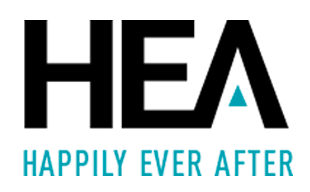Tribal Marketing: The New Face of Segmentation
- We are HEA
- Jul 7, 2022
- 2 min read

The concept of segmentation is indeed the fundamentals of every marketer and brand. As we begin to understand more about how consumers think, feel and act, marketers have been using the term “tribal marketing”.
Tribal marketing is all about leveraging on consumers’ passion points to form a niche segment that aligns with a brand’s purpose or product. A tribe is then formed by a group of individuals who come together naturally for a cause, activity, shared identity or concern. More often than not, brands are unclear about the differences between a tribe and a brand community.
The main difference between a tribe and a brand community lies in the essence of the group itself. Brand communities are formed based on individuals who has similar traits and identify with the brand whereas a tribe is formed by similar consumption values. For instance, Harley Davidson has a strong brand community that identifies with the lifestyle experience it sells. This community shares the same traits with the brand itself – a liking for motorcycles.

On the other hand, tribes are formed through the connections among individuals sharing common traits or values such as their ideas on food sustainability. For example, Unilever uses tribal marketing to market their new brand, Becal, that puts a focus on healthy and environmentally conscious food. With that brand proposition, Unilever shifts from its traditional demographic segment to the tribe that believes in food sustainability and healthy eating. Another example is by Nike, where they partnered with Colin Kaepernick to align their beliefs with the tribe that desires social equality. By resonating with the tribe, Nike’s revenue soared 10% as compared to previous year.
While tribal marketing is the in-thing for brands these days, there comes a question of “do brands need demographic segmentation?”. The simple answer is yes – demographic segmentation can come in handy after identifying the individuals you want in your tribe, and what is the best way to reach them. This will allow brands to reach out to similar personas to form a bigger tribe.
What does this mean for brands: Brands need to understand the difference between tribes and communities to position themselves better to both. In addition, leveraging on tribal marketing can bring about benefits beyond transactional – these group of people can ultimately be advocates of your brand’s social movement.




Comments